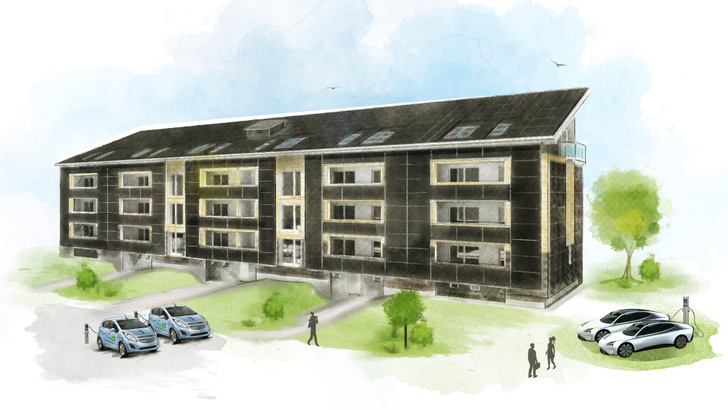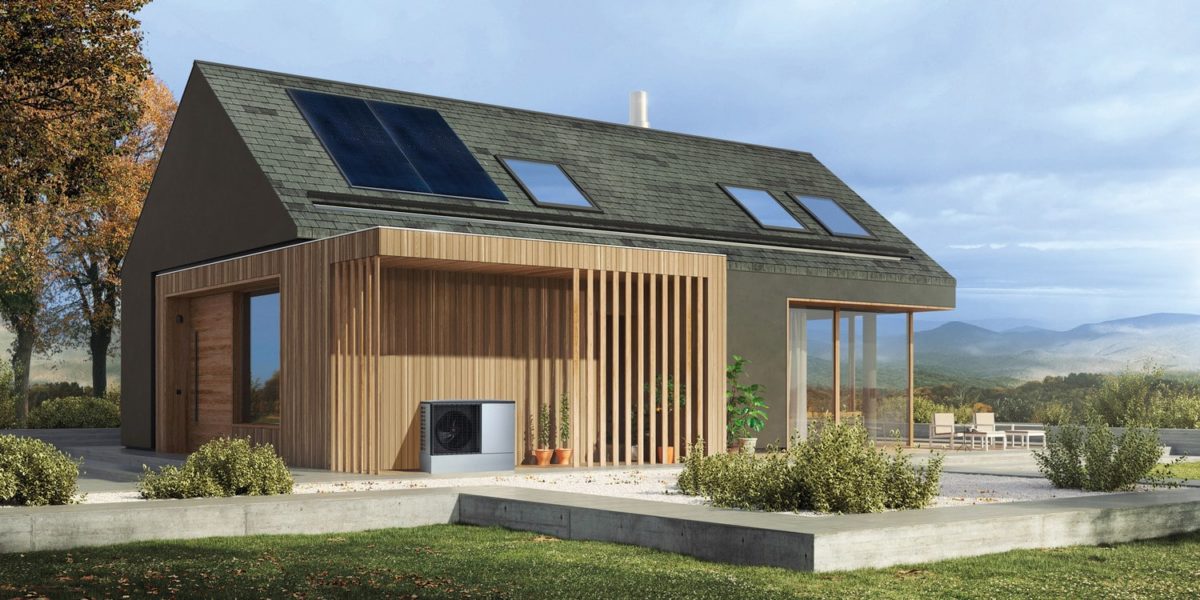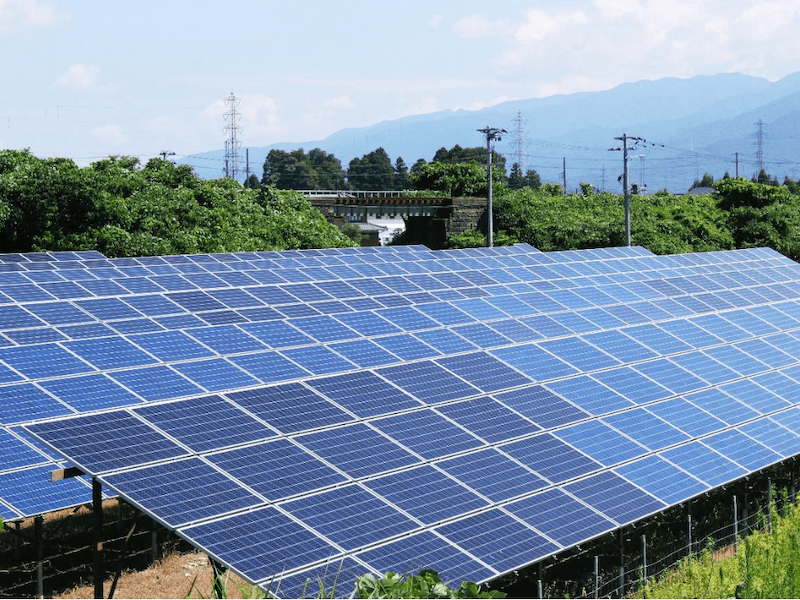https://www.pveurope.eu/bipv/refurbishment-old-apartment-blocks-about-become-energy-self-sufficient
Old apartment blocks about to become energy self-sufficient
To reduce energy costs for tenants, the Ascherslebener Gebäude- und Wohnungsgesellschaft (AGW) is taking its own unique approach. The housing company in the small town of Aschersleben in Saxony-Anhalt in eastern Germany shows what this looks like with the project now planned. AGW has just begun to convert three old housing blocks left over from communist times into an energy-autonomous apartment building. The highlight: the tenants will no longer pay a separate bill for the energy supply. This is already included in the rent as a flat rate.
Solar activation of the building envelope
In order to achieve energy self-sufficiency, the three buildings will first be completely renovated in terms of energy. In addition, the top two floors of the original five-storey buildings have already been removed to take account of the population decline in Aschersleben. In the next step, solar modules will be installed on the facades. The roof will also be activated for the production of solar power. To do this, the craftsmen are adding an attic with a southwest-facing monopitch roof on top of the third floor. They integrate solar modules into the entire roof surface.
See also: Onyx Solar realises one megawatt photovoltaic facade
In addition, the three buildings are fitted with a modern energy concept. This is because the solar systems not only supply electricity for the electrical consumers in the 22 flats. They also supply the residential units with heat. The planners have opted for an all-electric heat supply. The buildings will not have central heating with heat pumps, but a hot water boiler with a capacity of 200 litres will be installed in each flat. These operate on surplus solar power and also store it over a longer period of time. "This way, about 80 per cent of the hot water demand can be covered by solar energy," explains Timo Leukefeld. The solar expert developed the concept of energy-autonomous apartment buildings with an energy flat rate. The remaining demand is covered with green electricity from the grid.
Heating market in transition
Infrared panels provide the indoor heating. "The heating market is undergoing a serious change, as in the future primarily electricity-powered heating systems will be installed. At present, these are still mainly heat pumps, but we are convinced that highly efficient infrared heaters will also be used more and more," says Leukefeld, explaining this decision.
Also interesting: Roof of historical building covered with solar modules
After all, such a heating concept has huge advantages. There is no need for piping as with conventional water-guided heating systems. This reduces the time and material costs for installation. In addition, infrared heaters are maintenance-free for decades, which will be a huge advantage in the long run given the increasing skilled labour shortages and rising hourly rates. "This is a great value in terms of return on investment," Leukefeld emphasises.
Aiming for a high degree of self-sufficiency
But to achieve the highest possible degree of self-sufficiency, another storage concept is necessary. After all, solar power only flows from the roof when the sun is shining. Therefore, the technicians will install solar batteries in the buildings. In addition, the storage mass of the building itself will also be used. That is the thick concrete walls and new brickwork, which is heated by the infrared panels. "These three pillars - solar battery, hot water boiler and activated building envelope - ensure a high degree of energy self-sufficiency," Leukefeld summarises the concept. "From March to October, the residents will usually be completely self-sufficient," he predicts, based on empirical results of previous projects. (su/mfo)




